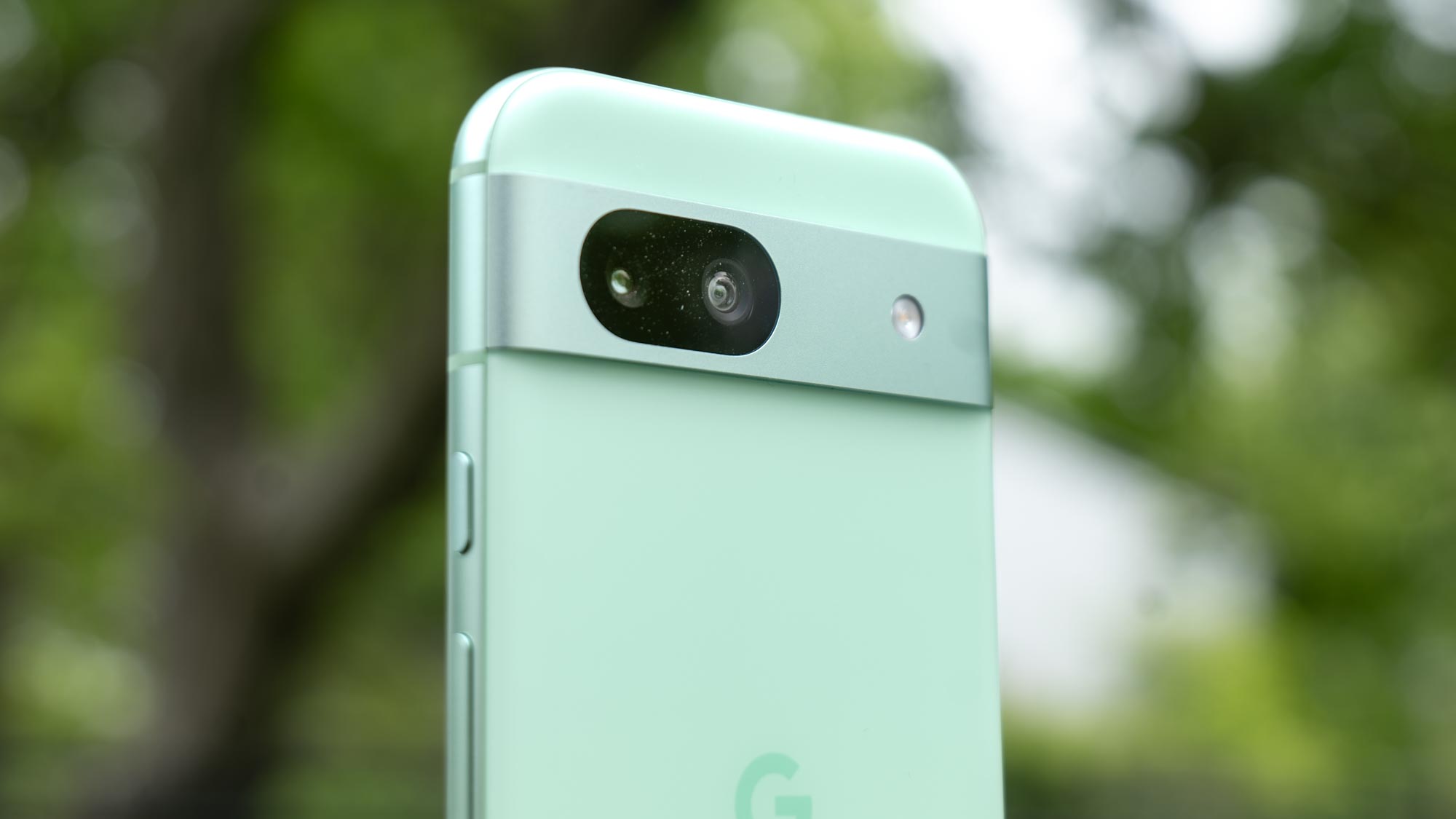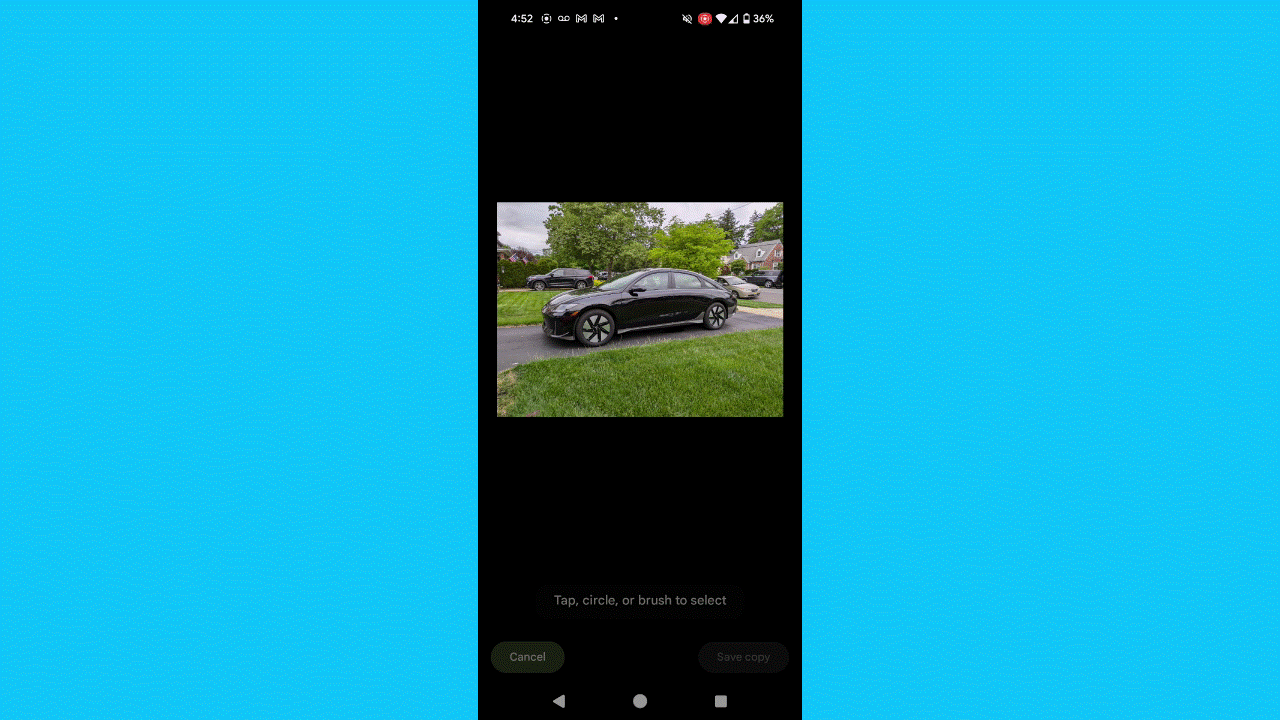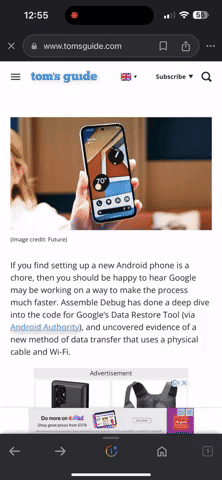
After a dizzying pace of announcements during Google I/O 2024, there’s no arguing at this point that Google’s way ahead of its competition when it comes to the AI wars happening with today’s best phones. The Google Pixel 8a is proof of this, and rightfully so, it tops our best cheap phones list.
In my Pixel 8a review, I detail how its AI features make all the tedious tasks I often do on my phone and makes them easier. Obviously, it inherits some of the AI features I first got acquainted with on the Pixel 8 and Pixel 8 Pro — but it’s priced much less, giving it broader appeal for those who don’t want to spend a fortune on a phone.
Apple can’t afford to sit back tight, which means more pressure on the company to deliver meaningful AI features with iOS 18 — which presumably could be teased at WWDC 2024 and eventually come to the iPhone 16. But having tried out the Pixel 8a’s AI features, it’s a tall order to follow given its price.
Magic Editor: a photo editor in my pocket

Anyone that follows me on Instagram knows how seriously I take photography. It’s one thing to get that perfect composition, but it’s another to make them better in post.
Apple has nothing remotely close to Magic Editor right now.
With Magic Editor on the Pixel 8a, it lets me do things I can’t with my iPhone 15. Naturally, I have the usual set of photo editing tools for my iPhone, like cropping, exposure adjustment, and applying filters, but it lacks the Pixel 8a’s ability to cut out, resize, or move subjects in my photos.
Magic Editor lets me do that in one quick motion, while generative AI covers up the areas that are exposed when I resize or move a subject. For the most part it does a decent job of analyzing the scene and slapping in something appropriate. I often find that Magic Editor can take a boring photo and make it extraordinary.
Apple has nothing remotely close to Magic Editor, so the iPhone 16 desperately needs to come with its own version because it’s such a time saving — not to mention making my photos look even better.
Best Take: picture perfect group photos

When Google first introduced it, Best Take aimed to get you picture perfect group shots by turning those frowns upside down in photos. It’s a simple AI feature that lets me select the best faces for each person in my group photos, but I end up having more fun mixing odd expressions.
Regardless of your preference, Best Take uses AI to detect faces and swap in other expressions. In order for it to do this, however, you need to take multiple photos — so that Best Take has enough selections to choose from.
Again, this is another example of how AI is helpful on my phone. This function would require serious photo editing experience on current iPhones, since it doesn’t have a similar feature to Best Take.
Audio Magic Eraser: clearer audio recording in videos
Nothing kills a video like terrible audio, even if the video quality itself is astounding. Audio Magic Eraser is one of the AI features accessible on the Pixel 8a and it takes out distracting background noise from my video. Check out the before video above to hear the wind howling in the background as I was shooting, then listen to the clip below after applying Audio Magic Editor.
There’s a noticeable difference between the before and after, even though my voice sounds a little bit more suppressed. Doing something like this in the past often meant copying the clip to my laptop, then editing the audio with my video editing software. Audio Magic Eraser natively on the Pixel 8a saves me the hassle of doing all that, which you can’t do on iPhone.
Call Assist: more than just transcribing phone calls

The best smartphone feature I tested last year didn’t come from Apple or Samsung, it came from Google. I’ve raved so much about how Call Screen made it feel like I actually had a real life assistant that took phone calls for me when I couldn’t, but this is one of the features part of Call Assist on the Pixel 8a.
It does more than transcribing what callers are saying in real time when leaving voicemails with my iPhone. Instead, Call Screen for the Pixel 8a goes beyond that by leveraging Google Assistant to provide me with contextual responses to choose from — which are then relayed to the callers. This comes in handy when I’m in a work meeting and can’t take the phone call. The AI with Call Screen is smart enough to comprehend what my callers are calling about, like confirming a car appointment, which Google Assistant proceeds to confirm to them on my behalf.
So, rather than having to call them back at a later time, Call Screen on the Pixel 8a does it all for me. I’m hoping for Siri to get a boost with iOS 18, especially if the voice assistant could take phone calls for you with the iPhone 16.
Apple leans on Google’s AI features — for now

Those four AI features I list above are a part of the Pixel 8a’s package and they’re natively available. What about the iPhone? Well, as much as Google highlights access to Gemini and Circle to Search on the Pixel 8a, they’re two AI-powered services that current iPhones can tap into, but not in a native way.
For example, Gemini is available through the Google app in a separate tab, giving it the same intelligent search requests as Gemini on the Pixel 8a. But as Google demoed at I/O 2024, Gemini is only getting better on Android with new features such as Project Astra, which adds multimodal understanding and real-time conversational capabilities while using the phone’s camera. It’s unknown if this would roll out to the iPhone as well.
Meanwhile, Circle to Search isn’t technically available on iPhone yet, but it’s accessible through a roundabout way using the Google Lens app and the Action button on the iPhone 15 Pro/15 Pro Max. As much as it functions in the same capacity, it’s nowhere as intuitive as using it on the Pixel 8a.
Apple’s behind the AI race at this current time, so it can’t afford to shortchange the iPhone 16 when it’s tipped to launch later this year. And we should see a wave of AI features come with the arrival of iOS 18, which is getting unveiled at WWDC 2024 in June and rolling out this fall.
I was pessimistic about AI features in phones, but after spending a great deal of time with them on the Pixel 8a, I think Apple really needs to respond back with its own in-house stuff.







